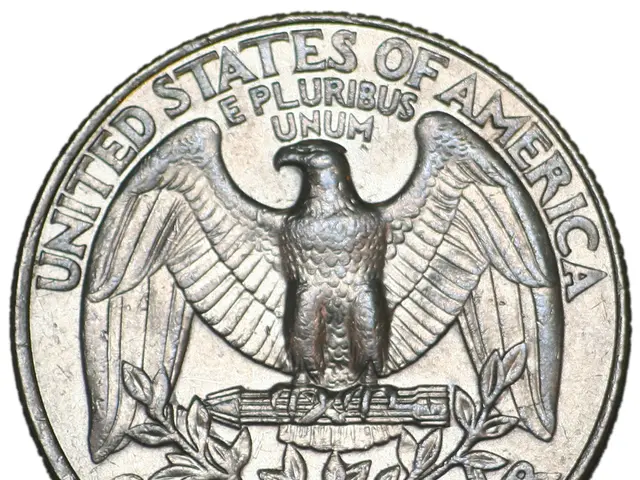Deteriorating Japanese Currency Value
The Japanese yen has been on a steady decline since 2021, with the exchange rate currently standing at 159.7750 Japanese yen to 1 USD as of June 22nd, 2024. This depreciation can be attributed to several factors, primarily the widening interest rate differential between Japan and major economies, particularly the United States.
Historically, Japan has maintained very low interest rates, making the yen a popular financing currency for carry trades—investments where investors borrow yen cheaply to invest in higher-yielding assets elsewhere, such as US Treasury bonds. However, as the US Federal Reserve continues raising rates while the Bank of Japan (BoJ) maintains or only cautiously adjusts its historically low rates, the cost-effectiveness of these carry trades diminishes, leading to capital outflows from Japan and resulting in yen depreciation.
Additional factors influencing the yen's weakness include expectations that the BoJ will continue a cycle of gradual interest rate hikes only cautiously, limiting further depreciation but not reversing the trend significantly for now. Market events like tariff negotiations and trade agreements, along with fluctuations in global investor sentiment, have also contributed to volatility but generally support the weaker yen environment.
The depreciation of the yen has several implications for Japan's economy. A weaker yen makes Japanese exports cheaper and more competitive internationally, potentially benefiting manufacturers and exporters by improving profit margins. However, because Japan imports a large share of its energy and raw materials, a weaker yen raises import costs, contributing to inflationary pressures. This has been observed as real household incomes declined for four consecutive months, reflecting sustained inflation.
The BoJ's cautious stance aims to balance supporting economic growth without allowing excessive currency weakening or inflation spirals. Meanwhile, the yen's depreciation generally boosts inbound tourism by making Japan a more affordable destination for foreign visitors. Cheaper costs for accommodation, food, transport, and shopping incentivize more tourists, supporting recovery and growth in this sector. Increased tourism spending contributes positively to GDP and local economies, especially in regions dependent on tourism.
Despite the challenges, the depreciation of the yen presents opportunities. For instance, government bonds in Japan become more attractive due to the increased yield resulting from the higher interest rates in other countries. The lower value of the yen makes travel to Japan more affordable and attractive for international visitors, making summer vacation a good time to consider visiting Japan and contributing to their tourism economy.
As of May 1, 2024, the exchange rate of 1 USD to 1 Japanese yen was 160. According to Goldman Sachs Research, they expect the yen to remain at or above 150 to the dollar for another year or so. The Ministry of Finance confirmed that Japan spent 9.7885 trillion yen (~$62.25 billion) on currency intervention from April 26th, 2024, to May 29th, 2024, to help the yen rebound and strengthen. However, as of May 31st, 2024, the BoJ has taken no publicly announced steps to address the sliding yen.
In summary, the yen's depreciation stems from monetary policy divergence between Japan and other countries, mainly the US, combined with global financial market dynamics. While it creates inflationary challenges domestically, it also supports export competitiveness and bolsters the tourism industry by attracting more foreign visitors due to lower travel costs. Japan's aging population and declining fertility rates further contribute to the yen's depreciation, making it an intriguing case study in global economics.
- The depreciation of the yen, making it a less attractive financing currency for carry trades, has been influenced by the higher interest rates in the US compared to Japan.
- The surge in news about Japan's currency market focuses on the yen's weakening trend due to factors like monetary policy divergence and the devaluation of government bonds becoming relatively more attractive for investing in higher-yielding assets.






